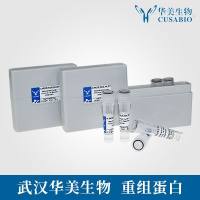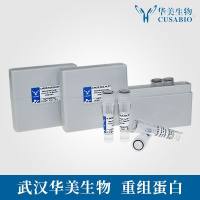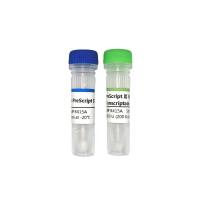The developments of the polymerase chain reaction (PCR) analysis (1 –3 ) and quantitative PCR by Gilliland (4 ) has provided researchers with a unique tool to analyze the expression of various genes in very small amounts of tissue samples. The sensitivity of PCR allows measurement of the expression level of any known gene in a biological sample, in this case, arterial wall tissue. This is achieved by determining the amount of mRNA coding for the target gene product present in the sample. Because PCR requires very little mRNA, a pool of mRNA can be studied for the expression of several genes and can also be used in more specialized PCR-based methods discussed in other chapters (see Chapters 7 –l0 ). This represents a major advantage over other methods, such as in situ hybridization, RNAase protection, and Northern blot analysis. Although in situ hybridization provides information about the localization of gene expression, it cannot give quantitative results, and the large amounts of mRNA required for Northern blot analysis prevents the analysis of small tissue samples. Thus, the main advantages of PCR are its sensitivity, the possibility of obtaining quantitative results, and the ability to analyze a number of genes using the same RNA sample. However, PCR analysis does not offer localization of gene expression, and although quantitative results are obtained, additional studies, in particular the analysis of protein expression, should be performed.






